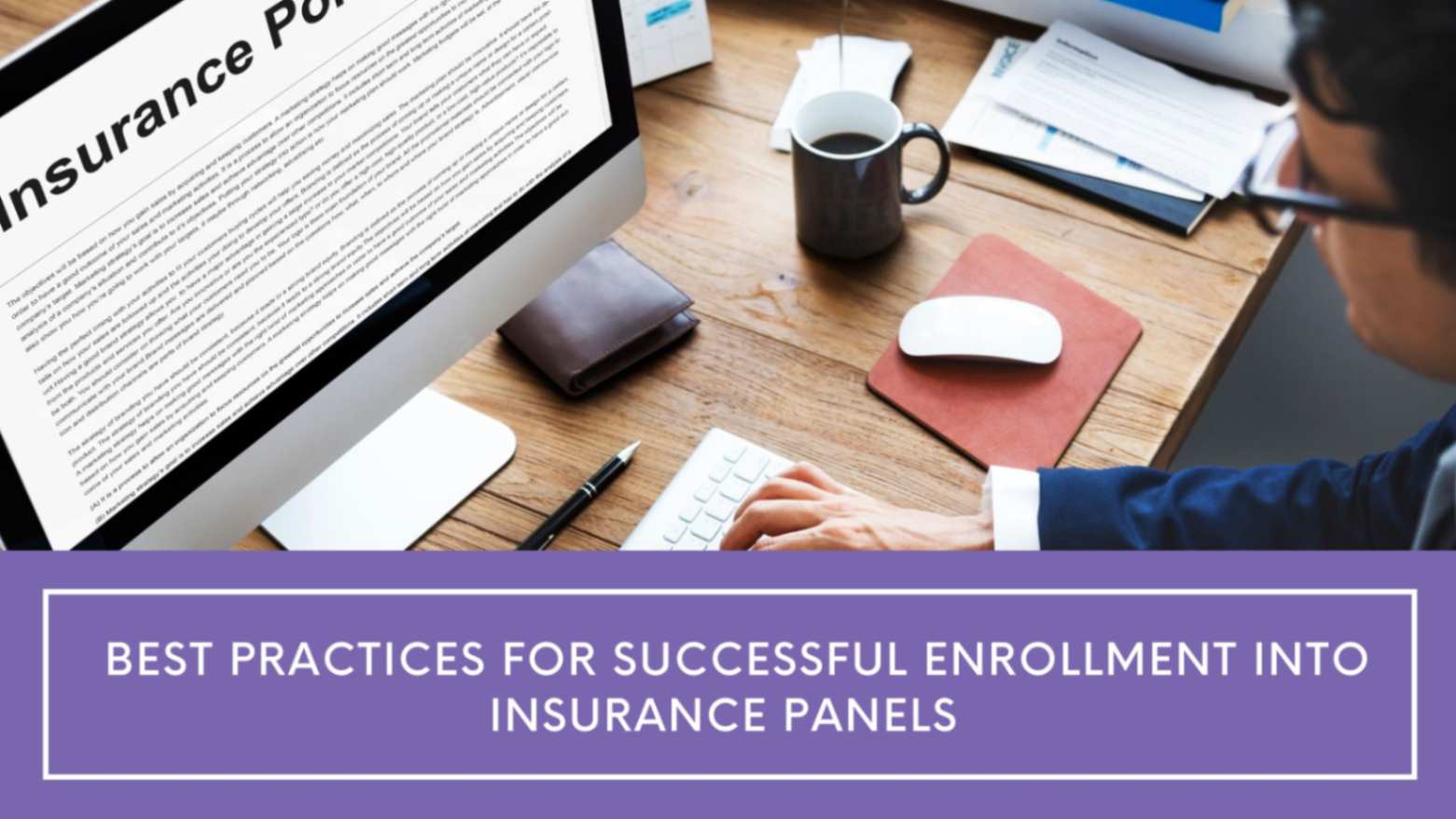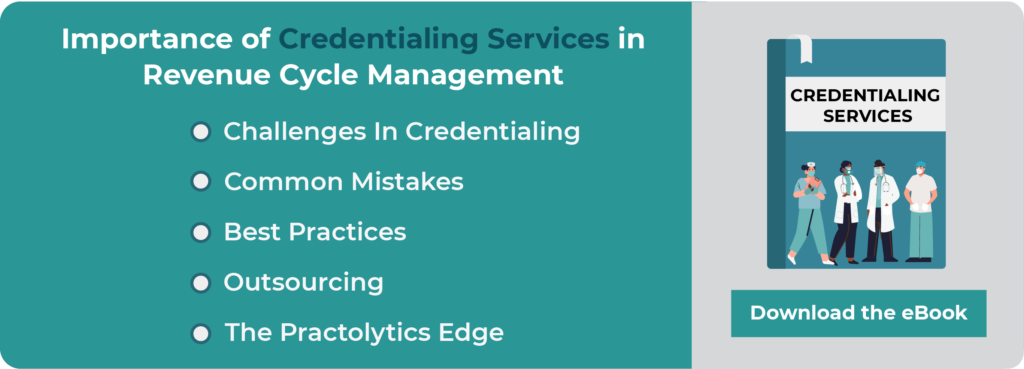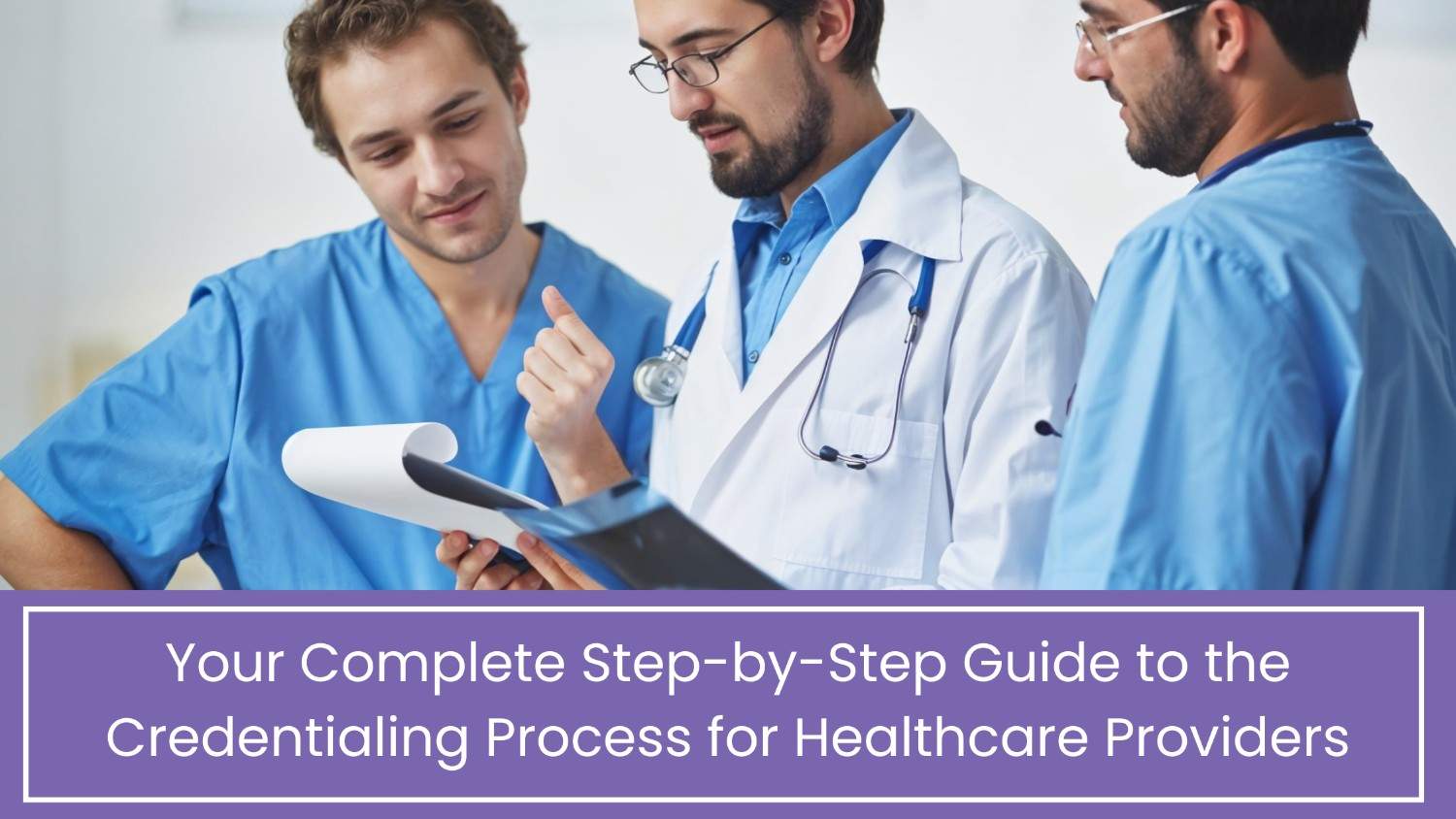Best Practices For Successful Enrollment Into Insurance Panels
From the earliest times till the present, clinical services have always been a delicate affair that requires so much training, expertise, and certification. Despite that these are known facts, it remains crucial for healthcare providers to establish their professionalism so that patients are confident of receiving the standard quality of care, and providers are duly compensated for every service they deliver.
Provider credentialing is a process that gives authentication to healthcare providers’ professional and educational backgrounds and eligibility for reimbursement from insurance companies. It is a vital process that allows providers to participate in the network of insurance companies. It also ensures providers maximize profit instead of losing out on the growing number of patients who prefer insurance for payment.
Due to these benefits and more, credentialing has become a necessity for all healthcare providers. However, it involves submitting an application that goes through verification which lasts between 60 – 120 days before approval (provided you submit all required documents). These processes to get credentialed and enrolled on insurance panels are dreadful, but once you get it right, you can have a seamless enrollment in a specific number of days. This article explores the intricacies which allow for successful enrollment.
Table of Contents
Best Practices That You Should Adopt For Successful Enrollment Into Insurance Panels That Includes All Sub plans
As mentioned above, credentialing with medical insurance companies is a significant step to gain inclusion into insurance payment panels. While it is a time-intensive process, it is the only way healthcare providers get payment from insurance companies. Although requirements differ per insurance company, the following steps are some of the best practices you should adopt to have successful enrollment into insurance panels:
1. Conduct Your Research and Make a List
It’s essential you know what you’re getting into before hopping on getting credentialed. Every insurance company has different processes with unique difficulty. But, once you make a list and determine the ones you want to be credentialed with, you’ll know what to expect.
2. Prepare Yourself
An effective way to be prepared is having your National Provider Identifier (NPI) readily available in the state you intend to practice. Additionally, you should have completed your CAQH before starting the process of credentialing. The CAQH is the Council for Affordable Quality Healthcare, which is a long-form you can’t afford to fill on paper.
Your resume must be inch-perfect in your CAQH application, and once approved, you must do your re-attestation whenever you’re required to. Ideally, you get emails four times in a year to re-attest information submitted on your profile. Failure to do this causes more problems with insurance, as the insurance company you’re enrolled with would detect. Regardless, most insurance companies usually require NPI and CAQH, and it’ll only give you quick approval if you have them.
3. Be Willing to Commit time
The willingness to commit time to this application makes things easier. If you think credentialing involves filling and submitting an application that gets processed in a matter of days, you’ll be setting yourself up for a frustrating experience. Instead, commit a reasonable amount of time to each insurance company you want to be credentialed with because filling and submitting the application, attaching required documents, and following up takes time.
4. Submit a Participation Request
This step allows you access to the health plan while processing your application. You get to join the insurance company’s network through the link they make available on their website. Once this is done, the health plan calls your application and verifies it through several databases with the help of Primary Source Verification (PSV). After these verifications, your application is then submitted to the credentialing committee for their approval.
5. Follow Up
You run a high risk of lost application if you don’t follow up closely. Insurance companies often unintentionally lose applications once they aren’t reviewed till the end. So, to avoid this, you should follow up on your application with all your insurance companies every time these applications are sent. If you do this every two weeks, you should get a seamless credentialing process.
6. Outsource Credentialing
In the current dispensation, there’s little to nothing that can’t be outsourced. For healthcare providers hoping to get credentialed, outsourcing credentialing services can be a practical alternative to doing it on your own. Apart from the fact that they save you the stress and alleviate frustrations involved in the application, outsourcing the service of a reputable organization such as Practolytics assures a high success rate.
7. Keeping All Forms
You should always keep copies of all application forms, contracts, and enrollment letters you get from insurance companies.
What Happens When the Process is Complete?
After completing these processes mentioned above, the next step is to contract with your insurance networks. This contract involves an agreement between you and insurance companies drafted and overseen by a contract representative who explains the language and dynamics of the contract, reimbursement, responsibilities, and so on. Again, a thorough review of the contract is highly recommended to avoid committing to an agreement that does you so much disservice. Once the contract is made, you’ll get your participation letter which includes your provider number. At this stage, the organization you intend to practice should have updated their billing system to start receiving reimbursement for all claims.
Can The Whole Process be Derailed?
As promising as these practices are if adopted, they can be derailed if and only if you submit incomplete information. This is an enormous challenge because the core purpose of credentialing is to confirm information that allows the practice. What then is the use of this information if they aren’t complete? If you submit incomplete information, be sure to have a lasting back and forth on credentialing. But if complete, you may only have to update when necessary as most organizations use software that preserves and archives this information which can be accessed at any time.
Bottom Line
Getting enrolled into insurance panels isn’t an easy task. But with the correct practices, which involves preparation, persistence, and materials, you can get credentialed most seamlessly. Talk to our experts at Practolytics to experience a seamless process of credentialing and avoid all the hassles of going through the paperwork requirements.
Talk to Medical Billing Expert Today — Get a Free Demo Now!






